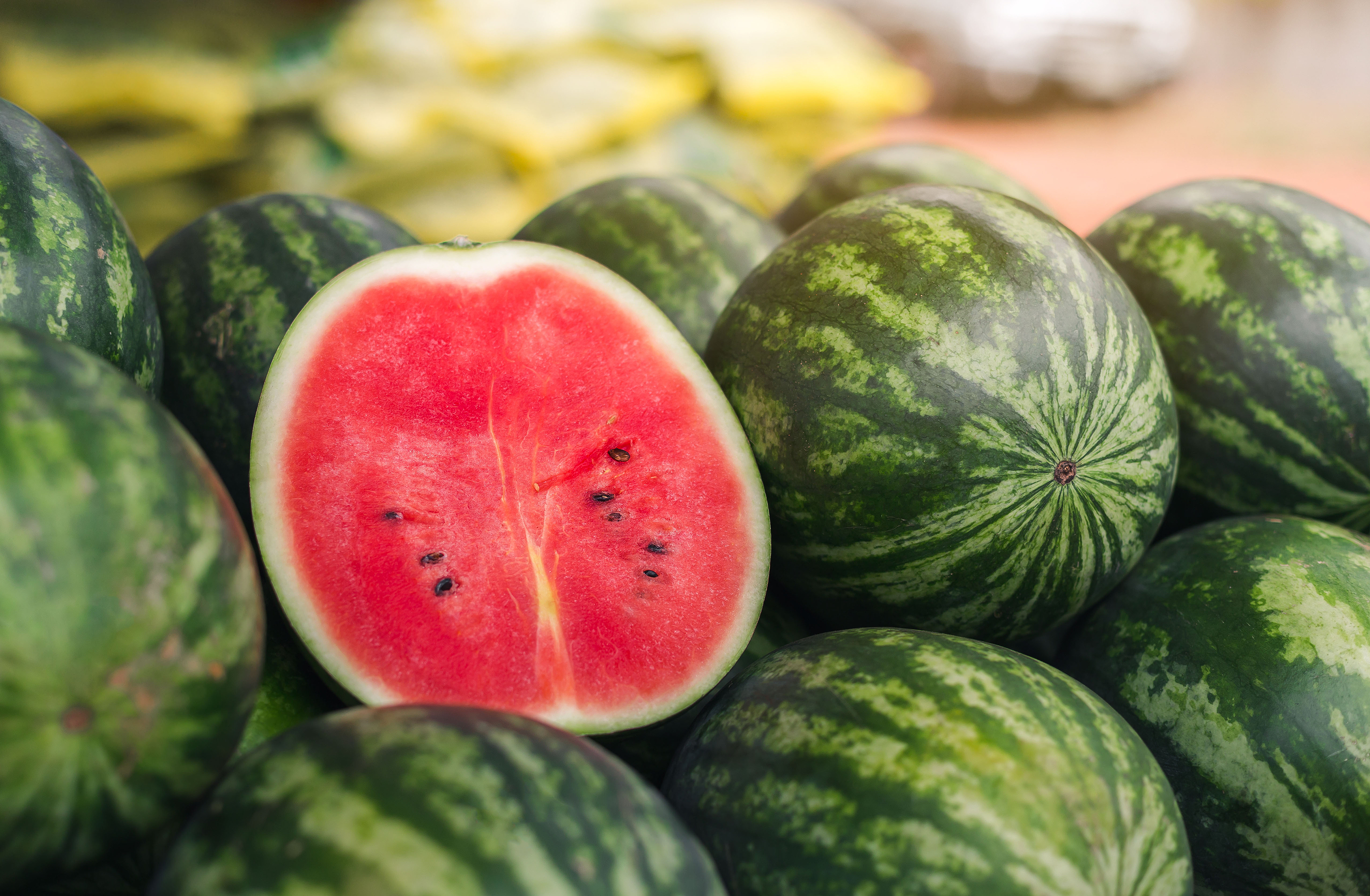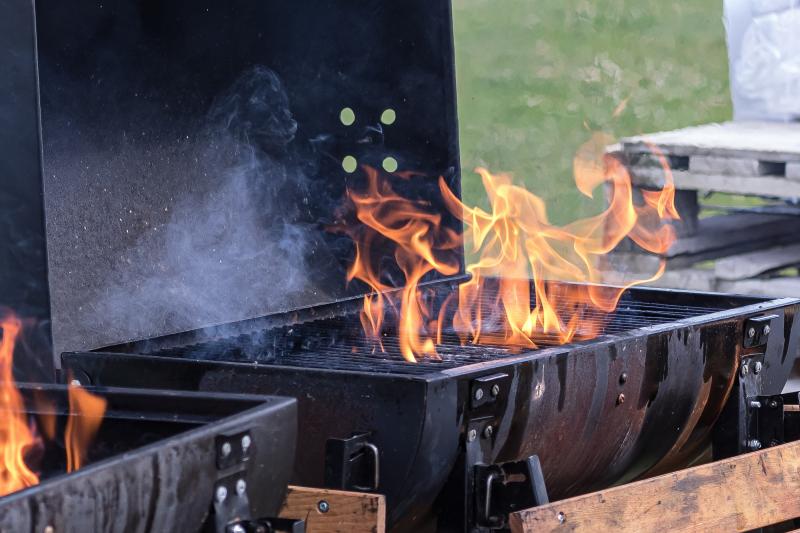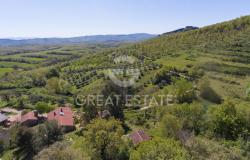On August 10, Italians celebrate San Lorenzo (Saint Lawrence), patron saint of cooks, brewers and vintners, butchers, bakers, confectioners, restaurateurs and more. Like many devotees of early Christianity, Lorenzo’s involvement in what was considered a heretical, anti-establishment religion led to his martyrdom: on August 10 in year 258 CE, Roman officials sentenced Lorenzo to death, as punishment for his refusal to hand over various goods and treasures he oversaw as a church deacon (he distributed them to the poor instead). According to Christian lore, Lorenzo was placed on a gridiron to “cook” over hot coals, a tale that accounts for the saint’s now-legendary final words: “I’m well-done on this side. Turn me over!”
While some historians dispute the accuracy of Lorenzo’s martyrdom, associations between the saint and his “death by grilling” remain strong. He is patron saint of barbecues and barbecuing, for instance, and cooks are known to invoke his protection in the kitchen, where burns by heat or fire are a very real threat. Italian kitchens commonly feature small Lorenzo statues, plaques or holy cards.
In Tuscany, San Lorenzo feasting usually means enjoying a traditional bistecca fiorentina (or other grilled meat). The role of the grill is central as the symbolic link to Lorenzo’s martyrdom on the gridiron. Not everyone practices this fanciful (and perhaps gruesome!) manner of ritualistically recalling the death of the saint, however. In other parts of Italy, such as Naples and Bologna, the custom for some is to abstain from meat out of respect for the martyr. At some San Lorenzo events, then, you’re likely to find thick, grilled watermelon “steaks” in place of beefsteaks.
Interestingly, both these foodstuffs fit neatly into the August calendar of customs: meat, especially a choice cut like the t-bone, was a rarity in the medieval and early modern peasant diet, and would appear on tables only during those significant cyclical festivities like Christmastide, Easter, or, as in this case, harvest time. Grilling up a decadent piece of meat to honor San Lorenzo, whose feast day coincides with the summer harvest and its attendant rituals of abundance, is fitting. (Watermelons, too, are wonderfully abundant and refreshing in late-summer Italy.)
Feasting customs during the summer grain harvest in Europe derive from pre-Christian August festivals such as Lammas, Lughnasadh and Feriae Augusti. They’re also rooted in the agrarian work cycle, with August being both a time of reaping and a transitional period of shifting to other types of agricultural work after a festive “break”. As such, bread, pasta and other grain products figure heavily into celebrations of holidays like San Lorenzo and Ferragosto (Feast of the Assumption, August 15). For example, Florentine bakers commemorate the saint by handing out plates of pasta con sugo and lasagna in Piazza San Lorenzo, a charitable act begun centuries ago by their predecessors, members of l’Arte dei Fornai, or bakers guild, who chose Lorenzo as their patron. And almost everywhere in Italy, grilled bruschetta (or fettunta) will be part of the meal.
Popular ways to celebrate San Lorenzo

● Toss a bistecca fiorentina on a fiery hot grill!
● Host a cocomerata, or watermelon party: make watermelon granitas, balled watermelon salad dressed in freshly-squeezed orange juice, or simply enjoy slices of the fruit.
● Make fettunta, thick slices of bread (usually pan toscano) grilled on both sides then rubbed down with fresh garlic, drizzled with olive oil ,and dusted with salt and/or pepper.
● Enjoy a night under the shooting stars. Lorenzo’s feast day coincides with the Perseids, the meteor shower highly visible this month in the Northern hemisphere. According to lore, the shooting stars are sparks from the gridiron Lorenzo was burned on, otherwise his tears — in fact, another name for the shooting stars is le lacrime di San Lorenzo, or Saint Lawrence’s tears.
● Watch the Taviani brothers’ extraordinary film La Notte di San Lorenzo (1982), set in the Tuscan countryside in the summer 1944, as Allies approach to liberate the area and intense fighting continues between Italian Partisans and area Fascists.
● Find a bakery in a city or town where Lorenzo is patron, or a neighborhood where he is highly venerated; likely you’ll find some blessed “San Lorenzo bread”.













